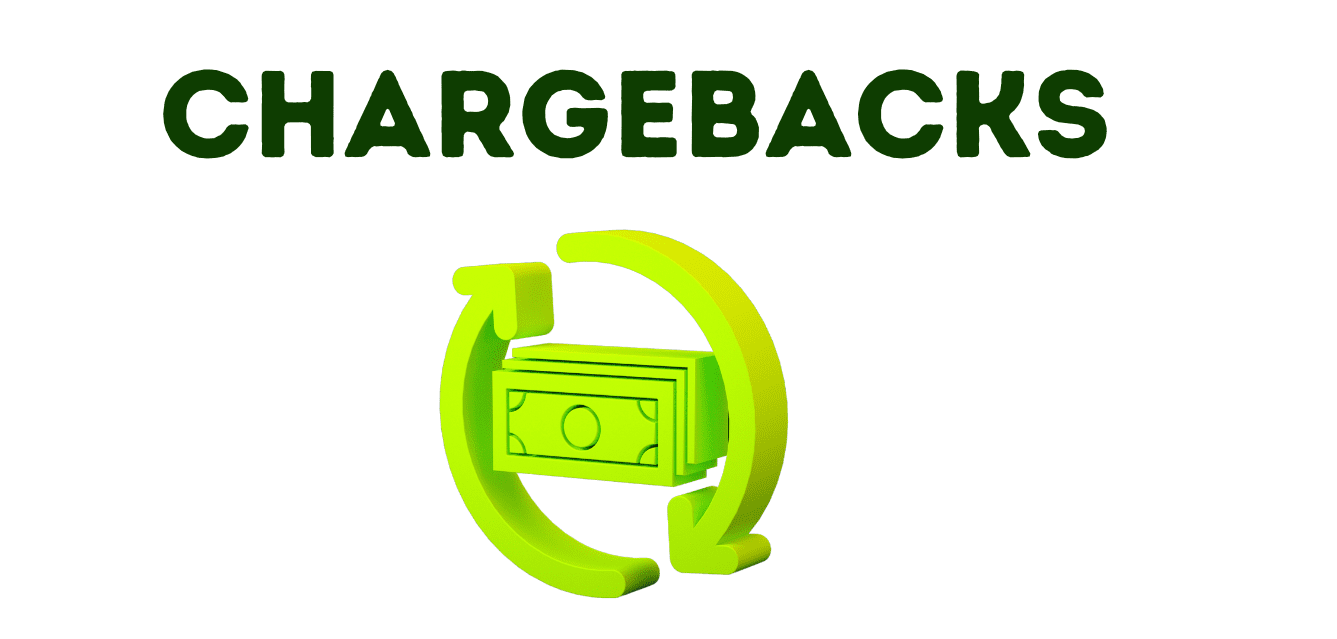Understanding Chargebacks: A Complete Guide for Consumers and Businesses
Chargebacks are financial transaction reversals initiated by a customer through their bank or credit card issuer. Exactly for this reason, chargebacks are meant to protect consumers from unauthorized or disputed transactions and to tie them back to businesses in the event of any unsatisfactory service or product delivery.
Chargebacks provide excellent consumer protection but cause operational and financial headaches to businesses. This guide focuses on the nuts and bolts of chargebacks- their causes, prevention, and management.
What Is a Chargeback?
The chargeback is an official complaint lodged by the cardholder against any completed transaction. The initiation of a refund depends on the merchant, while chargebacks are brought about by the bank representing the customer, often without recourse to prior business consent.
Origins of Chargebacks
Initially, chargebacks emerged as a sort of defense against fraud, chiefly in the lifetime of credit cards. Before the Fair Credit Billing Act, the cardholder had few legal means to recover lost funds due to fraudulent activity.
Now, chargeback is the remedy that allows consumers to get back stolen money for unauthorized charges or disputed transactions, with the burden of proof lying in the hands of the merchant.
Why Do Chargebacks Occur?
Chargebacks are usually triggered due to the following reasons:
Common Reasons for Chargebacks
- Fraudulent Transactions: Unauthorized use of a customer’s card.
- Non-Receipt of Goods or Services: The buyer paid but didn’t receive the item or service.
- Product/Service Dissatisfaction: The product was not as described or did not meet expectations.
- Duplicate Charges: A customer was charged more than once for the same item or service.
- Billing Errors: Incorrect amounts or wrong billing descriptors on statements.
How Chargebacks Protect Consumers?
Fraud Protection
Chargebacks give customers a way to recover funds in cases of identity theft or card misuse. This mechanism helps build trust in digital transactions.
Dispute Resolution
If a business fails to address a complaint or refund request, the chargeback process serves as an alternate path to resolution.
Prevention Strategies for Businesses
Businesses can reduce the risk of chargebacks by adopting the following practices:
Clear Policies and Communication
Make refund, return, and dispute policies visible on your website, emails, and receipts.
Secure Payment Processing
Use reliable, PCI-compliant payment gateways and implement fraud detection tools.
Accurate Product/Service Descriptions
Offer transparent information and visuals that reflect the actual deliverables.
Responsive Customer Support
Address queries or complaints promptly to prevent situations from escalating into chargebacks.
Transparent Billing Practices
Use recognizable billing descriptors so customers don’t mistake your charge for fraud.
What Is the Timeframe to File a Chargeback?
Chargeback timeframes vary by issuer and card network, but they generally range between 60 to 120 days from the transaction date.
Under the Fair Credit Billing Act, consumers typically have 60 days from the statement date to file a chargeback. Merchants should be aware of these timeframes when collecting documentation and disputing claims.
Managing and Resolving Chargebacks
Proactive management helps businesses minimize financial losses and reputation risks.
Monitoring and Reporting
Use chargeback monitoring tools and analytics to spot recurring issues.
Record Keeping
Store evidence such as receipts, tracking numbers, emails, and signed agreements.
Dispute Response
Submit a clear and professional proof when applying for a chargeback, with all relevant documents.
Chargeback Representment
If a chargeback is believed to be invalid, you can re-submit the transaction for review with additional proof—known as representment.
Chargebacks vs. Refunds: What’s the Difference?
Although both result in money being returned to a customer, they differ significantly in process and control.
|
Understanding these differences can help customers choose the right approach and help merchants prepare better dispute strategies.
Final Thoughts: Striking a Balance Between Rights and Responsibilities
Chargebacks are a critical part of the consumer protection ecosystem, but they can be abused or mishandled if not properly understood. For consumers, chargebacks offer peace of mind. For merchants, they represent a call to action—improve service, secure transactions, and respond swiftly to disputes.
By fostering trust and transparency, businesses can reduce chargeback risks while delivering better customer experiences.
ReportScam: Supporting You Through Chargeback and Fund Recovery
ReportScam.net is a community-driven initiative offering free consultations for individuals affected by financial deception. Our experienced advisors provide actionable insights and strategic advice to guide victims through the fund recovery process.
Whether you’ve encountered issues with an investment platform, online purchase, or unauthorized transaction, our mission is to assist you in reclaiming what’s rightfully yours.
Our Social Pages
Facebook Page – Visit – ReportScam Community
Twitter – Report Scam Forum
Instagram – Reportscamcommunity
